The Greatest Good
As land managers grapple with unprecedented demand for new recreation uses on the Flathead National Forest, a growing segment of the public is raising conservation concerns while a perceived lack of transparency erodes their faith in the agency
By Tristan Scott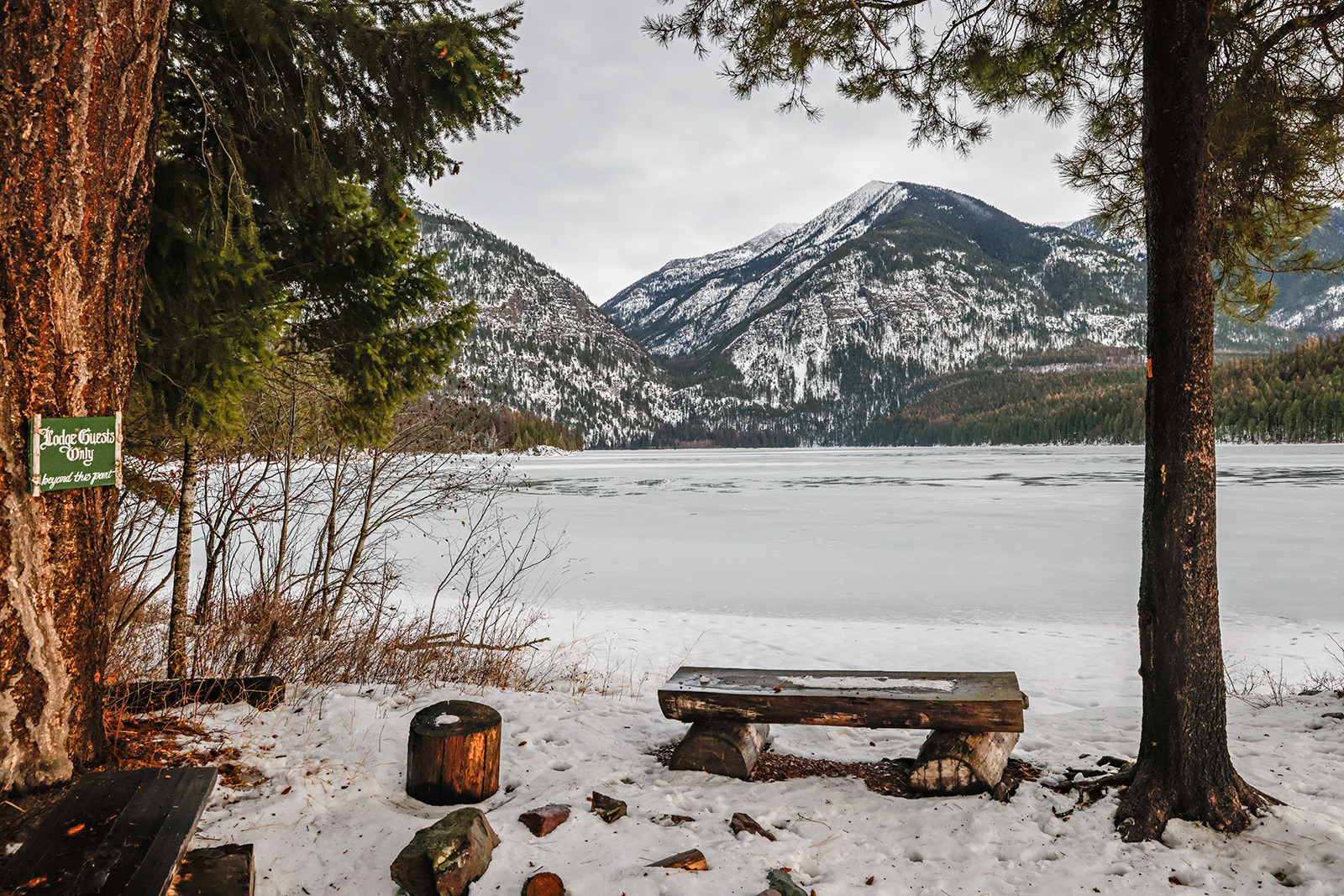
Hanging on the conference room wall inside the Flathead National Forest headquarters in Kalispell is a framed plaque inscribed with a quote from Gifford Pinchot, the first-ever chief of the U.S. Forest Service whose maxims promote the spirit of effective public land management and have served as a guiding star for generations of foresters in public office.
“A public official is there to serve the public and not run them. Public support of acts affecting public rights is absolutely required. It is more trouble to consult the public than to ignore them, but that is what you are hired for. Find out in advance what the public will stand for; if it is right and they won’t stand for it, postpone action and educate them.”
As Kurt Steele can attest firsthand, that’s easier said than done, even if he agrees with the adage in theory.
Hired as the Flathead National Forest’s supervisor three years ago, Steele left a plum position as second-in-command of Idaho’s timber-rich Nez-Perce Clearwater National Forests and arrived here in January 2020, taking the reins overseeing 2.4 million forested acres in northwest Montana. He did so just as the pandemic upended the status quo of forest management by uncorking an unprecedented volume of demand for recreation on public lands.
Three years later, the cork has not gone back in the bottle. And as land managers like Steele grapple with unprecedented demand for new recreation uses on the Flathead National Forest, including reviewing and permitting a groundswell of commercial interests, a growing segment of the public is raising conservation concerns while describing a perceived lack of transparency from land managers as eroding their faith in the agency.
“There’s certainly a dynamic tension playing out between people and the land,” Steele said in a recent interview. “It’s not people versus the land, but people and the land — and, specifically, the spectrum of new land uses and users they’re encountering for the first time. But for us to stay relevant, we need to promote those new users into the system and bring them along as sustainably as possible. That’s the best way to promote responsible recreation.”
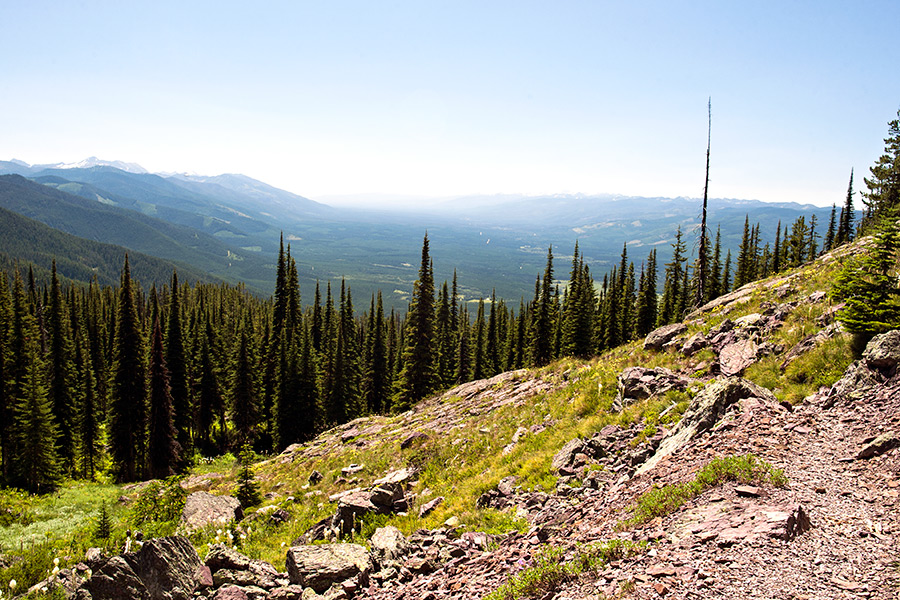
Indeed, agency officials are engaged in a constant juggling act to balance priorities like recreation, wildlife, timber, fire, resource conservation, and education. As commodity production of timber and other resources declines, outdoor recreation is making sharp gains, and it’s become a prominent pillar in the U.S. Forest Service’s bottom line, forcing land managers to reconcile historic uses with the surge in demand for new ones. Meanwhile, as the suite of recreational uses becomes more diverse, agency officials are expanding the parameters of what they consider permissible activities.
From campground occupancy to river trips, forest managers report people recreating on public land in record numbers, and in ways they have not observed in the past. Between 2010 and 2020, visitation to the Flathead National Forest shot up 51%, growing from 885,000 annual visitors to 1.3 million, according to the U.S. Forest Service’s most recent National Visitor Use Monitoring (NVUM) data. Rental cabin use and campground occupancy mirrored that growth, with an overall average of 89% occupancy in 2020, up from 50% a decade earlier.
“Our campgrounds are at maximum capacity but there are other opportunities for outdoor recreation. I struggle when people come to me and say they want to cap recreation at its current use. I understand there is a sentimental aspect, but is it realistic?” Steele said. “Change is upon us and that means not only trying to figure out how to manage our capacity for current use but also our capacity for future use. That’s something that we are actively talking about. It’s an opportunity to educate people and lead them into their first experiences on our national forests and promote responsible recreation.”
Meanwhile, the Flathead National Forest has been inundated with a flood of commercial requests for recreational activities, or special use permits (SUP), which are required for commercial outfitters operating on public land, ranging from guided rafting services to ski areas and campground concessions. Between 2010 and 2020, approved SUPs more than doubled, according to Steele. Last year alone, the Flathead National Forest retained more than $1.45 million in revenue generated from special-use permit fees, with nearly a half-million dollars coming from outfitter and guide services. Proposals ranged from guided e-bike, snow-bike and ATV tours spanning 200 “service days” to single-day foot races, bicycle rides, wellness retreats and shuttle services. And that’s not including the requests for SUPs that are never publicly scoped for environmental analysis.
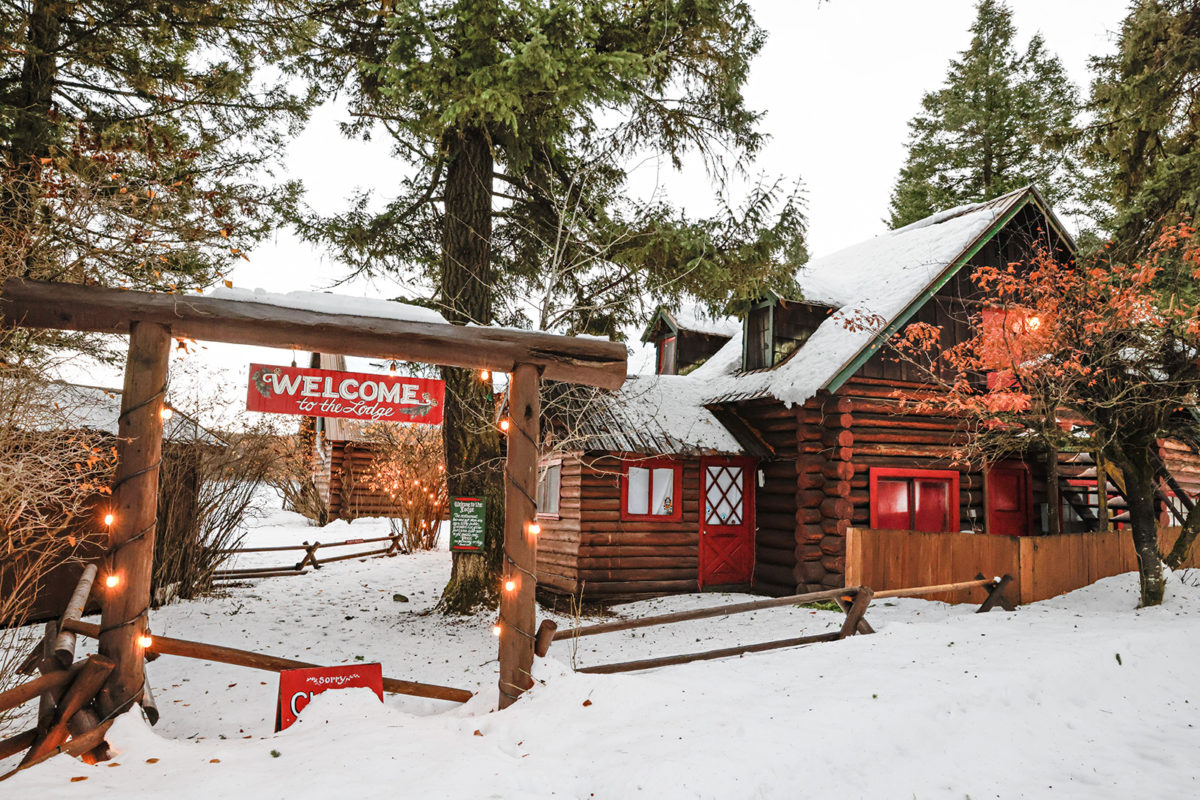
According to Deputy Flathead National Forest Supervisor Tami MacKenzie, it’s common for the agency to vet dozens of proposals ahead of the public scoping process and prior to prescribing one of several tiers of environmental assessment under the National Environmental Policy Act (NEPA).
“We get at least 100 proposals a year that never make it anywhere,” MacKenzie recently told the Beacon. “Once we run it through the screen, then we go public with it. That is truly the beginning of the public involvement process. That has at times been really hard for the community to understand.”
Such was the case with a recent proposal to build an aerial tram to the top of Columbia Mountain, a preliminary plan that forest officials rejected six months after receiving it, with planners raising concerns that it encroached on grizzly bear habitat and required road construction in a primitive non-motorized use area.
Another high-profile proposal that did enter the public purview, where it ignited a firestorm of controversy, involved an out-of-state resort company’s plans to expand the historic Holland Lake Lodge in the Swan Valley near Condon. Although the Flathead National Forest ultimately rejected the resort company POWDR’s master development plan, a series of mistakes and procedural missteps during the public scoping process, which Steele maintains were oversights, invited a degree of backlash the forest supervisor said he did not anticipate.
“Holland Lake Lodge has been eating our lunch,” Steele said. “It really is the perfect case study of this tension between a surging demand for expanded recreational uses on public lands and a faction of the public that is losing its patience.”
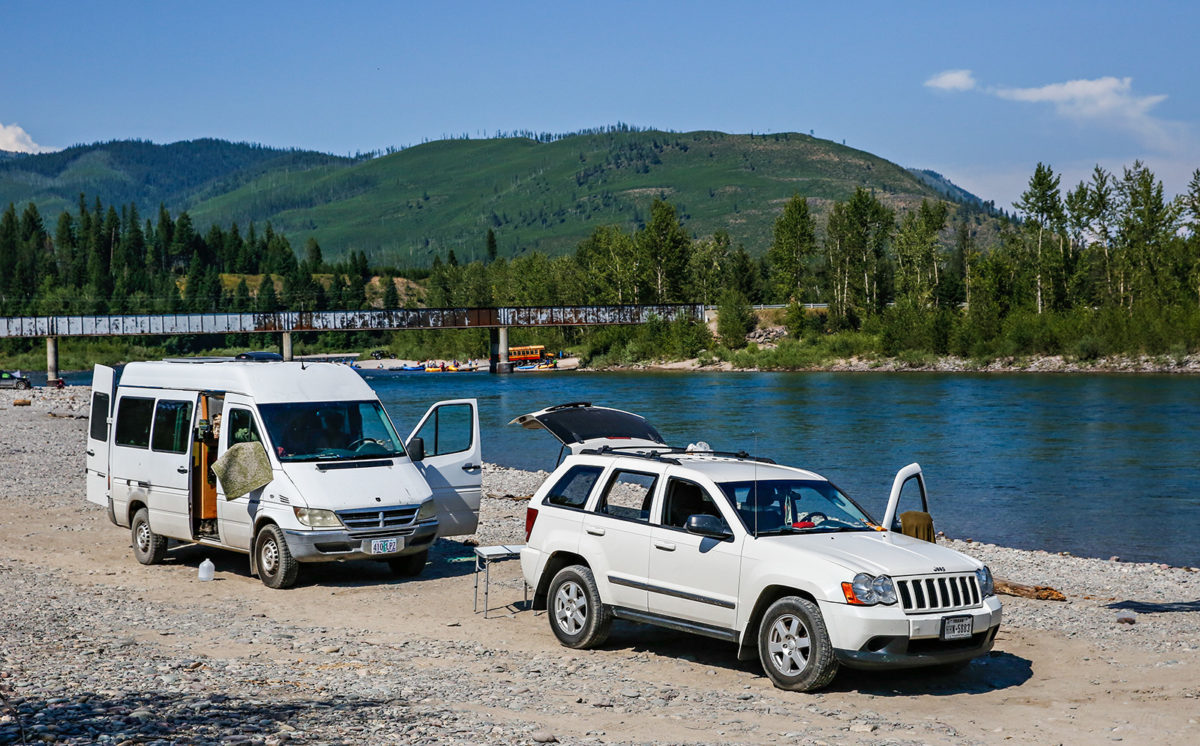
For longtime visitors to the Swan Valley, as well as full-time residents, wildlife biologists and conservationists, the escalating apprehension surrounding the Flathead Forest’s environmental assessment protocol is rooted in the perception that public lands are being prioritized for private use, which prices out the general public and degrades wildlife habitat. The proposed expansion at Holland Lake Lodge would have tripled lodging capacity and extended the operating season into winter, resulting in an estimated 35,640 additional user days each year on the forested land girding Holland Lake. The Flathead National Forest parsed more than 6,500 comments in response to the expansion, the vast majority in opposition, and endured an onslaught of criticism before basing its rejection on “anomalies in the submission” as well as “inaccuracies and inconsistencies” in POWDR’s master development plan.
Much of the public opposition to the expansion framed it as out of step with the rural character of the Swan Valley and Holland Lake, which is situated on the doorstep of the Bob Marshall Wilderness Area. But a coalition of more than three dozen former state and federal wildlife managers offered a sharper critique when they accused the Flathead National Forest of shirking its commitment to threatened and endangered wildlife species habitat, including grizzly bears living in the Northern Continental Divide Ecosystem (NCDE) and the post-delisting management plan crafted to maintain their baseline population.
“These people will be spending an additional 35,000-plus days on the public lands around Holland Lake, on the Swan Face, the Mission Mountains, and in the Swan Valley. This additional use will have significant negative impacts on wildlife and wildlife habitat and will forever change the character of the Swan Valley,” according to a joint letter submitted as public comment to the expansion proposal. “As professional wildlife managers and habitat managers we believe this proposed expansion of the Holland Lake Lodge is inappropriate for grizzly bear and lynx habitat, for the NCDE grizzly bear recovery zone, and for public lands in the Swan Valley. Approving this proposal will depart from the commitment the USFS made in the NCDE Conservation Strategy to manage public land in the NCDE Recovery Zone at or close to the baseline level of public land development that allowed the grizzly population to recover and remain healthy. As professionals, we request that the Flathead Forest reject this proposed commercial development and massive expansion of Holland Lake Lodge.”
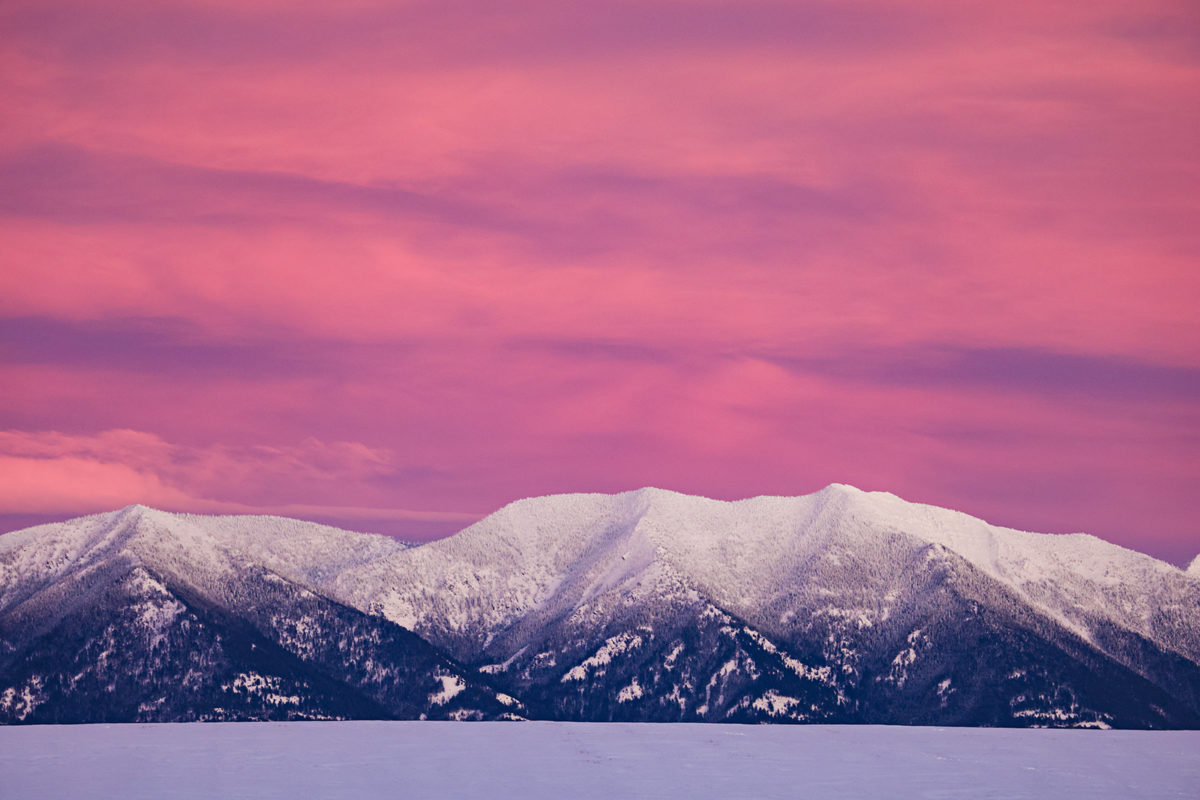
One of the letter’s co-authors is Chris Servheen, who for 35 years worked as the U.S. Fish and Wildlife Service’s grizzly bear recovery coordinator before retiring in 2016. Unmuzzled from the constraints of his former government job, Servheen has become a leading advocate for wildlife habitat conservation in recent years, as well as an aggressive watchdog working to ensure public agencies keep their promises to wildlife, and that recreation, which he insists is “consumptive of wildlife habitat,” isn’t the sole focus of land managers.
“We’ve just seen a serious erosion of public faith and trust in the Flathead Forest specifically and the Forest Service in general because of the flippant ways in which they’re trying to avoid environmental analysis on recreation-related activities,” Servheen said. “The Flathead National Forest forms the most critical habitat in the lower-48 for grizzly bears. The bulk of the NCDE population lives on this forest at least part time and it just has tremendous resources. And here we have a forest supervisor who is ignoring the commitment that the U.S. Forest Service made to the grizzly bear.”
Among the ways in which Servheen says forest officials like Steele are subverting analysis requirements is by submitting a growing docket of projects for “categorical exclusion,” the lowest tier of environmental review available under NEPA, and which exempts land managers from prescribing more stringent and resource-intensive levels of analysis. Flathead Forest managers initially recommended the Holland Lake Lodge expansion for categorical exclusion, which Servheen and others said is not the intended application of a so-called “cat ex.”
“A cat ex is for minor issues that don’t have any environmental impact, like putting a new roof on an outhouse or replacing some cement blocks at a trailhead parking lot,” Servheen said. “Proposing a cat ex for a project that adds 35,000 additional user days on public land is an egregious violation of its intended purpose.”
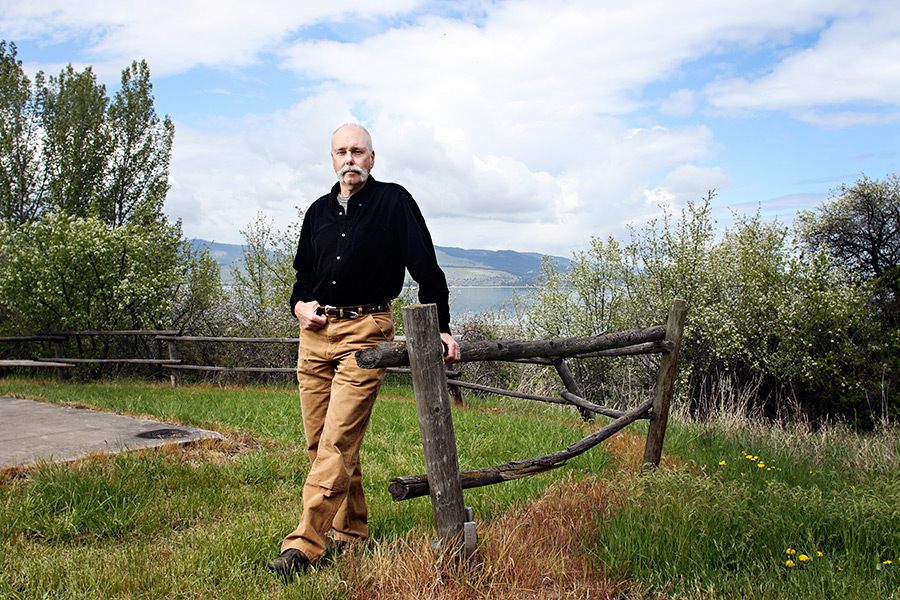
“It’s like this supervisor is trying to turn the forest into an amusement park and increase the intensity of recreation without consulting the public,” Servheen added.
Keith Hammer, chair of the Swan View Coalition, has been advocating on behalf of wildlife conservation in the Flathead National Forest for decades. Only in recent years has he observed such widespread deployment of categorical exclusions.
In pressing federal regulatory officials for a more rigorous standard of review on Holland Lake Lodge, Hammer said the Flathead National Forest is “dead wrong to presume this mega-development can be ‘categorically excluded’ from the prior preparation of an Environmental Assessment or Environmental Impact Statement. Such shortcuts are intended for constructing an outhouse or a tool shed, not a destination resort.”
Another proposal to categorically exclude development of a pod of rental cabins on a remote, infrequently visited drainage within the Spotted Bear Ranger District, which serves as a portal to the Bob Marshall Wilderness, triggered a flood of opposition and prompted land managers to sideline the project before ever making a formal decision.
What’s more troubling to Hammer, however, are the SUPs being greenlit by categorical exclusion that the public isn’t aware of, in part because they’re not as high-profile as Holland Lake Lodge. For example, he said, this year the Flathead National Forest authorized the renewal of eight SUPs for winter commercial activities including snowmobile tours in the Whitefish Range, but only scoped for three of them, which Hammer said is in violation of the Forest Service Handbook and NEPA.
“They didn’t tell the public they were renewing a whole bunch of winter permits,” Hammer said. “They want to talk transparency? Well, that isn’t transparent.”
Even the agency’s own project specialists and wildlife biologists have voiced concerns internally about some of the recreation that’s being approved under categorical exclusions, according to emails obtained through public records requests, while others say that new recreation uses shouldn’t continue to be approved at the current rate until a comprehensive recreation management plan or strategy is put in place.
In the case of a 2021 proposal for guided e-bike and dirt bike trips that Steele determined met the proper screens, the Flathead National Forest’s wildlife program manager shot back that “this proposal was not at all ready for prime time.”

For Steele’s part, he acknowledges that his recommendation of categorical exclusions has rankled some members of the public, but he insists that it’s only a recommendation, and that the forest is eager to hear from the public and base its final determination on that feedback.
“Technically, we use a categorical exclusion when we mow our lawn,” Steele said. “There are different levels of categorical exclusion, including those that do require a decision memorandum and a case file. That is to allow for an efficient government to move forward, so we do try to start at the lowest level of NEPA whenever we can. That doesn’t mean we don’t value the feedback. In the case of Holland Lake, we initially proposed a cat ex and the feedback was pretty unanimous that they don’t think this fits a categorical exclusion.”
Steele said the forest is currently adhering to a recreation strategy completed for the U.S. Forest Service’s northern region in 2015. Although that strategy expired in 2020, much of it was adopted as part of the Flathead National Forest’s 2018 Revised Forest Plan.
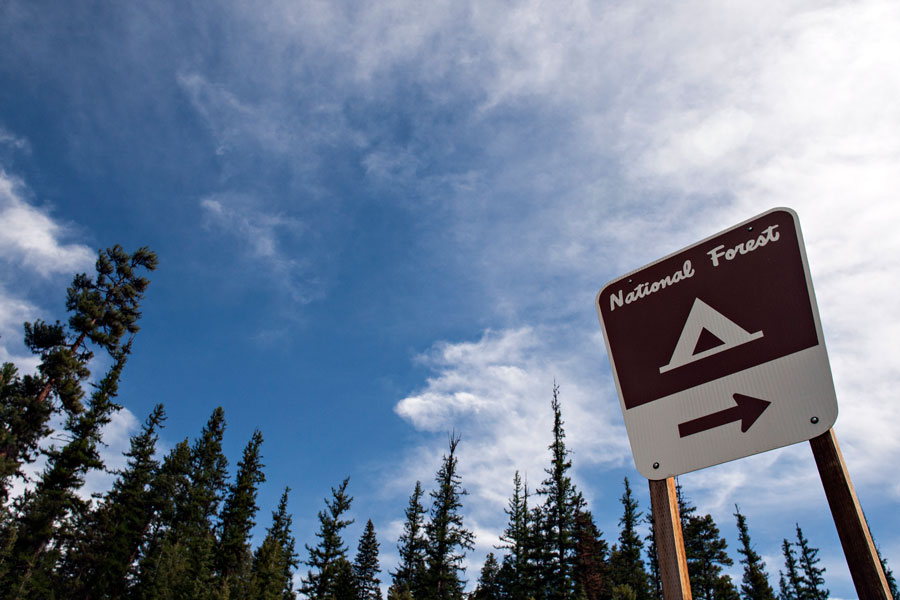
“We have a recreation strategy that was put in place and I’d say there’s an appetite for something that will guide future uses, and it’s my hope for that strategy to come from the ground up,” he said.
Hammer also pointed out that the forest appears to be allowing the transfer of SUPs between commercial interests after ownership changes, which he said is troubling given the current trend of large corporations gobbling up smaller family owned ventures. Not only was that the case with Holland Lake Lodge, but also last year’s sale of Glacier Raft Company to Pursuit Glacier Collection, a subsidiary of Viad Corp. Similarly, when Blacktail Mountain Ski Area sold to the Washington-based Mission Ridge Ski and Board Resort in 2021, the SUP transferred automatically.
According to Steele, the transfer of those permits is standard operating procedure.
“We have the discretion to not reissue a special-use permit to new owners, but it’s very rare for us to do that because usually it’s in the best interest to maintain that current use,” Steele said. “I’m not going to call it automatic, but it is essentially an automatic reissuing as long as they are deemed a capable owner. We do our due diligence, but it’s not something where we go back to the public and say, ‘do you think this new owner is a good owner?’ In general, it’s kind of the status quo of whatever that previous permit was. Once the new owners get the permit they can always request a higher level of use, and then we can go through NEPA. Or not.”
For Hammer, that “automatic reissuing” is part of the broken trust between the Flathead National Forest and the public it serves.
“The only thing the public can conclude right now is that by the time we get to see anything, it’s already a done deal and all of our involvement really is meaningless,” he said. “That is where this level of distrust is coming from.”